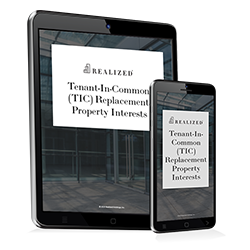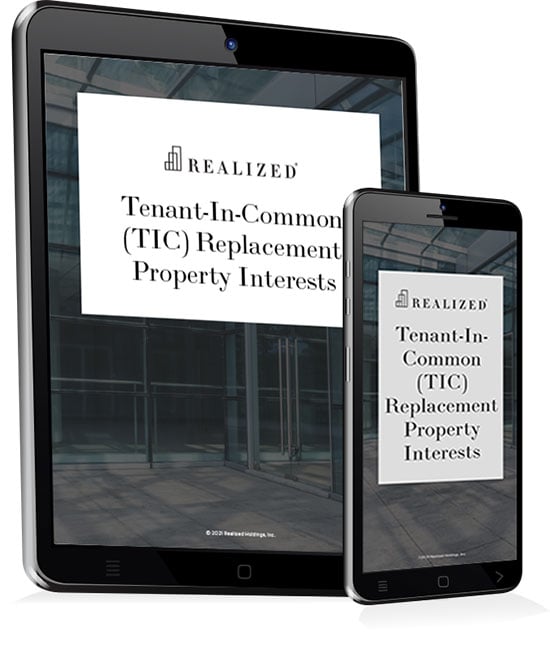
A Tenant in Common (TIC) agreement is when there is shared ownership in a property between two or more owners. The percentage ownership is calculated differently in every circumstance and depends on the type of property and the terms of the agreement.
What Is a Tenant in Common?
Real estate owned by Tenancy in Common (TIC) is where more than one owner holds title to the property. There can be no more than 35 co-owners in a TIC, and their shares do not have to be equal.
The percentage ownership determines the financial obligations and the payout if the property is sold. To dissolve a TIC, the property is sold and proceeds are distributed based on the shares. All owners must agree to sell the property as a whole. TIC partners can be decided at any time, changing the percentage ownership.
A TIC is sometimes confused with a joint tenancy. In a joint tenancy all parties have equal shares and they must be established at the same time. A new owner cannot come in and split the shares after the initial purchase. There is also a right of survivorship, meaning if one of the owners die, their share is distributed among the remaining partners.
A TIC partner is allocated a share ownership in their purchase contract and on the deed. There are different ways this ownership percentage can be calculated.
How Is Ownership Percentage Calculated?
A TIC doesn’t mean that the owners are true tenants in the sense that they actually live in the property. But if they do reside there, the percentage ownership might be calculated differently.
If the TIC owners are going to reside in the property, for instance, having the exclusive occupancy rights to a unit in a multi-family building, the percentage ownership might be a purchase price determined by the square footage of the owned unit, or, if all units are seemingly equal in size and value the shares might be distributed equally.
When a TIC is not for a property that the owners live in, they generally base the ownership percentage on the purchase price paid by each owner.
Each state has different regulations for TIC properties, and it is important to consult with a financial advisor if this is something you are considering as an investment.
This material is for general information and educational purposes only. Information is based on data gathered from what we believe are reliable sources. It is not guaranteed as to accuracy, does not purport to be complete and is not intended to be used as a primary basis for investment decisions.



